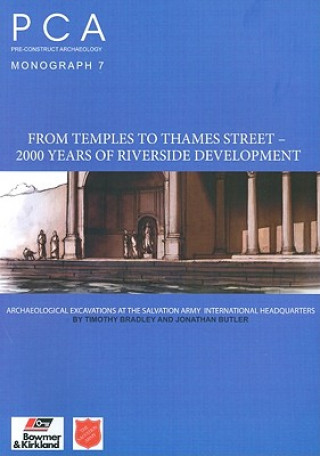
Kód: 04764593
From Temples to Thames Street - 2000 Years of Riverside Development
Autor Tim Bradley, Jonathan Butler
Substantial Roman remains were recognised in the area of Queen Victoria Street as early as 1841, by the antiquarian Charles Roach Smith who recorded 'a wall of extraordinary strength', incorporating fragments of sculpted and mould ... celý popis
- Jazyk:
 Angličtina
Angličtina - Vazba: Brožovaná
- Počet stran: 156
Nakladatelství: Pre-Construct Archaeology Limited, 2008
- Více informací o knize

692 Kč
Dostupnost:
50 % šance Máme informaci, že by titul mohl být dostupný. Na základě vaší objednávky se ho pokusíme do 6 týdnů zajistit.
Máme informaci, že by titul mohl být dostupný. Na základě vaší objednávky se ho pokusíme do 6 týdnů zajistit.Prohledáme celý svět
Mohlo by se vám také líbit
-

History vs. Apologetics
5369 Kč -

Means of Hilbert Space Operators
1423 Kč -

Body Art
601 Kč -

Bradford Through Time
494 Kč -

Civilian Elite of Cairo in the Later Middle Ages
2530 Kč -

Intimate Bicycle Tours of Philadelphia
592 Kč -

Pharmacy Technician
4176 Kč -

Expert Pearson Test of English Academic B2 Standalone Coursebook
1305 Kč -

Sweet Tooth
405 Kč -

Beci Orpin Journal
286 Kč -
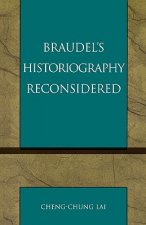
Braudel's Historiography Reconsidered
1671 Kč -

Magellan's World
462 Kč -

More Cupid's Coupons
222 Kč -

African Intellectual Heritage
1474 Kč
Darujte tuto knihu ještě dnes
- Objednejte knihu a zvolte Zaslat jako dárek.
- Obratem obdržíte darovací poukaz na knihu, který můžete ihned předat obdarovanému.
- Knihu zašleme na adresu obdarovaného, o nic se nestaráte.
Informovat o naskladnění knihy
Zadejte do formuláře e-mailovou adresu a jakmile knihu naskladníme, zašleme vám o tom zprávu. Pohlídáme vše za vás.
Více informací o knize From Temples to Thames Street - 2000 Years of Riverside Development
Nákupem získáte 69 bodů
 Anotace knihy
Anotace knihy
Substantial Roman remains were recognised in the area of Queen Victoria Street as early as 1841, by the antiquarian Charles Roach Smith who recorded 'a wall of extraordinary strength', incorporating fragments of sculpted and moulded stone and marble. A watching brief carried out in the 1960s and a series of excavations on adjacent sites had revealed two major phases of Roman monumental masonry, the latter forming part of a vast building complex extending for over 150m along the river frontage, linked to the construction of the 3rd-century riverside wall. The area remained peripheral to the Roman City until late in the 1st century, and subsequent development was influenced by its challenging topographic location; the ground sloped steeply to the edge of the Thames and spring lines made for frequently-flooded terrain, traversed by natural channels, a situation which was repeatedly to affect attempts to develop the area. Recent development of the Salvation Army Headquarters building provided an opportunity for Pre-Construct Archaeology to carry out a series of excavations, augmenting previous investigations in the area. These have significantly advanced our understanding of the dating and form of the earlier complex. Much-modified over time, the river frontage was flanked by substantial apses with ambulatories between and further buildings extending to the north, terraced into the hillside. Vast foundations, piling and terracing associated with the later complex testify to continued attempts to control the steeply sloping and unstable ground, whilst the sheer size of the culverts incorporated into the masonry demonstrates the need for serious drainage. The new buildings included at least two temples of classical form; but these may never have been finished. The redevelopment also provided a rare opportunity to examine a sequence of medieval road surfaces and buildings at the junction of Thames Street and Lambeth Hill, including evidence for the Great Fire of 1666, which scorched the road surface and destroyed buildings north of Thames Street.
 Parametry knihy
Parametry knihy
Zařazení knihy Knihy v angličtině Humanities Archaeology
692 Kč
- Plný název: From Temples to Thames Street - 2000 Years of Riverside Development
- Autor: Tim Bradley, Jonathan Butler
- Jazyk:
 Angličtina
Angličtina - Vazba: Brožovaná
- Počet stran: 156
- EAN: 9780954293864
- ISBN: 095429386X
- ID: 04764593
- Nakladatelství: Pre-Construct Archaeology Limited
- Hmotnost: 602 g
- Rozměry: 212 × 298 × 14 mm
- Datum vydání: 01. December 2008
Oblíbené z jiného soudku
-

Fundamentals of Tree Ring Research
1326 Kč -

Bog Bodies Uncovered
677 Kč -
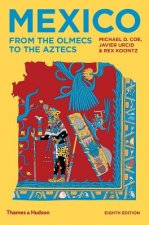
Mexico
516 Kč -

Ancient Treasures
541 Kč -
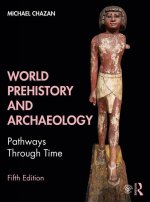
World Prehistory and Archaeology
2969 Kč -

From Kostenki to Clovis
5061 Kč -

Faunal Extinction in an Island Society
5061 Kč -

Hunter-Gatherer Economy in Prehistory
1033 Kč -
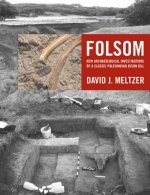
Folsom
2757 Kč -

People and Culture in Ice Age Americas
2219 Kč -

Istanbul
444 Kč -
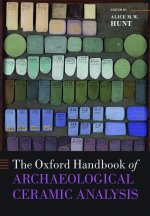
Oxford Handbook of Archaeological Ceramic Analysis
1353 Kč -

Magical House Protection
807 Kč -
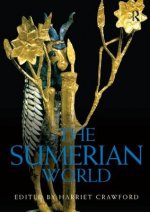
Sumerian World
1612 Kč -

Abusir
1226 Kč -

Master Plan
410 Kč -

In Search of Lake Monsters
613 Kč -

Archaeology
1286 Kč -

In Small Things Forgotten
410 Kč -

Flint Knapping
454 Kč -

Angkor and the Khmer Civilization
662 Kč -

Deciphering Aztec Hieroglyphs
677 Kč -

Archaeology: The Whole Story
680 Kč -

Great Archaeologists
409 Kč -
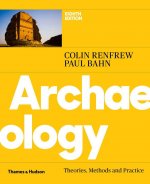
Archaeology
1474 Kč -

Bigger Than History
355 Kč -

Prehistoric Life - Evolution and the Fossil Record
3232 Kč -

Digging for Hitler
999 Kč -

Tarim Mummies
580 Kč -
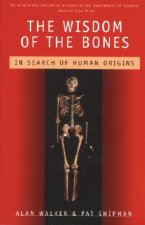
The Wisdom of the Bones: In Search of Human Origins
470 Kč -

Protecting the Body in War and Combat
1512 Kč -
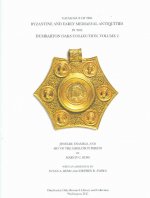
Catalogue of the Byzantine and Early Mediaeval A - With an Addendum Jewelry, Enamels and Art of the Migration V 2
3684 Kč -

Ship Iconography in Mosaics
2619 Kč -
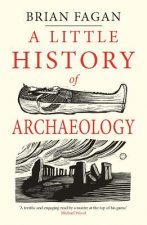
Little History of Archaeology
322 Kč -

Ancient Burial Patterns of the Moche Valley, Peru
1798 Kč -
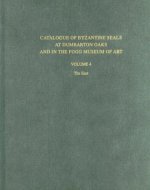
Catalogue of Byzantine Seals at Dumbarton Oaks and in the Fogg Museum of Art, 4: The East
1394 Kč -
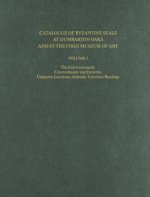
Catalogue of Byzantine Seals at Dumbarton Oaks a - Constantinople and Environs, Unknown Locations, Addenda, Uncertain Readings
1394 Kč -

Field Archaeologist's Survival Guide
1358 Kč -
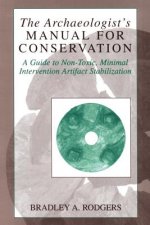
Archaeologist's Manual for Conservation
1892 Kč -

Children, Death and Burial
1736 Kč -
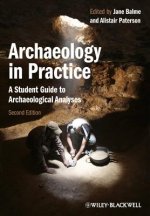
Student Guide to Archaeological Analyses
2180 Kč -

Women in Prehistory
745 Kč -

Three Stones Make a Wall
438 Kč -
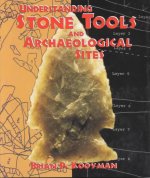
Understanding Stone Tools
1002 Kč -
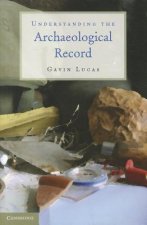
Understanding the Archaeological Record
1218 Kč -
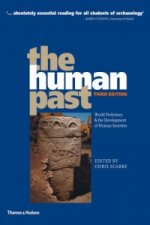
Human Past
1921 Kč -
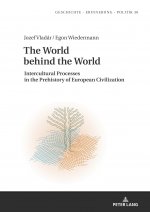
World behind the World
1719 Kč -

Trojans & Their Neighbours
1428 Kč -

Towers in the North
750 Kč
Osobní odběr Praha, Brno a 12903 dalších
Copyright ©2008-24 nejlevnejsi-knihy.cz Všechna práva vyhrazenaSoukromíCookies


 Vrácení do měsíce
Vrácení do měsíce 571 999 099 (8-15.30h)
571 999 099 (8-15.30h)